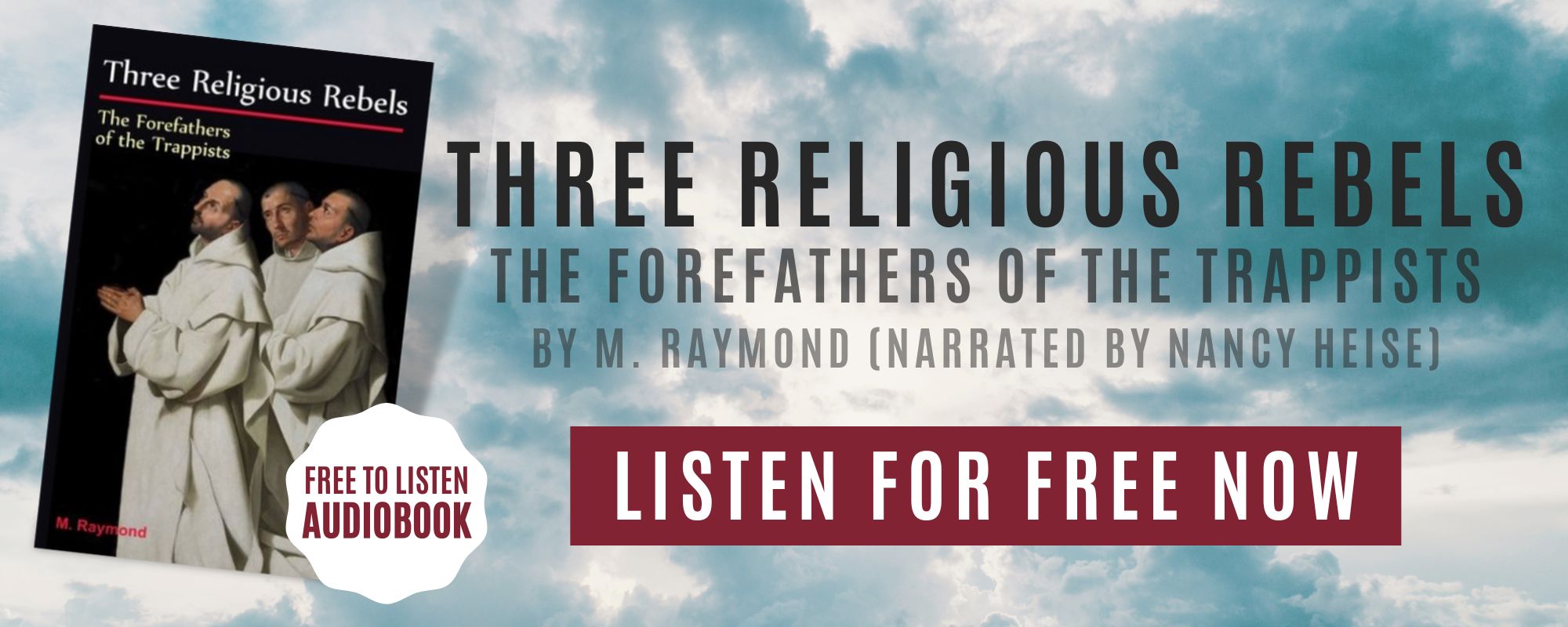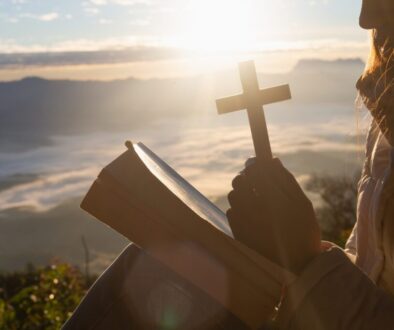What Is The Meaning Of Advent?

Published Dec 13, 2021
Most Christians equal advent to that of the Christmas season. But while it has something to do with the birth of Christ, the real meaning of advent is so much more than that.
What is Advent?
In the Christian liturgical calendar, advent is the period of preparation for Jesus Christ’s birthday. It is celebrated from the period beginning four Sundays before Christmas. The date tends to change every year but it usually starts anywhere between November 27 and December 3.
While the concept of advent is celebrated in both Western and Eastern churches, only the former uses the term “advent” to refer to the season. In Eastern churches, it’s known as the Nativity Fast – a period of abstinence and penance that lasts for 40 days.
What Does Advent Mean?
In the dictionary, the word “advent” has three meanings:
- it’s a season of prayer and fasting
- the coming of Christ
- a coming into being or use
Though these definitions vary widely, they are all interconnected in a way that describes the true meaning of the advent season.
In the Christian tradition, these four weeks are a season of prayer and fasting. We do this for two reasons: remembrance and anticipation. We remember Jesus’ first coming and wait in joyful hope of his second coming. This brings us to the third definition.
“Advent”, in everyday language, also means coming into being or the start of something. This, in itself, is a clue on what this season really is about.
You see, when Jesus was born thousands of years ago, it signaled a new era for humanity. He is the Word that became flesh and the fulfillment of God’s covenant with his people. And his birth marked the beginning of salvation. This is why in the church’s liturgical calendar, advent is considered the beginning of the liturgical year.
In short, advent is a season of commemoration and preparation where we anticipate a new beginning while looking back and remembering how God fulfilled his promise of salvation through His only son.

History of Advent
There is no record of when the celebration of advent started. The earliest mention of an advent season was during the Council of Tours in the 6th century. Though a 5th-century bishop had already established a fast before Christmas that begins on St. Martin’s Day (Nov. 11).
However, scholars believe that in 4th and 5th century Spain and Gaul, Advent was originally meant to be a:
- a season of preparation for the baptism of new Christians
- a celebration of Jesus’ birth, baptism, and first miracle at Cana
During those times, advent wasn’t associated with Christmas. But in the 6th century, the Romans termed the celebration “adventus” – a Latin term which means “coming”. They linked it with the second coming of Christ. Then in the Middle Ages, advent was finally associated with Christmas and celebrated as a commemoration of the first coming of Christ.
Liturgy and Practices
Since the essence of advent is preparation and remembrance, its liturgy is also divided into two. Thus during those four weeks, the readings can range from Old Testament passages about the coming of the Messiah to New Testament verses about Christ’s second coming.
Christians around the world also celebrate advent with many traditions and symbols. This includes:
- using the color purple as the primary church color for the season to symbolize penitence
- the installation of advent wreath and lighting pink and purple candles to symbolize the hope of Christians and the eternal nature of God
- the hanging of the greens where churches are decorated with evergreen boughs to signify new and everlasting life
In the modern day, advent and the Christmas season are characterized by an endless round of shopping and parties. But as we go through all these festivities, let’s not forget that this season, just like Lent, involves penance and sacrifice. This is, after all, our chance to prepare ourselves for Christ’s second coming.
Seek a Deeper Connection with God and Join Lay Cistercians of South Florida
Lay Cistercians of South Florida, is a community of lay people who seeks to have a deeper connection with God by living a life inspired by the monks and nuns through Lay Monasticism. Learn more about what is a Lay Cistercian on our website. Anyone who aspires to do the same as us, and is a confirmed Catholic is welcome to join us! We meet every second Saturday of the month at Emmanuel Catholic Church in Delray Beach, Florida.

This Content Has Been Reviewed For Accuracy
This content has undergone comprehensive fact-checking by our dedicated team of experts. Discover additional information about the rigorous editorial standards we adhere to on our website.

About The Author
Judy Ponio is a professional writer for the Lay Cistercians blog and a devoted Catholic. She works hard to ensure her work uses accurate facts by cross checking reputable sources.





